The best part of camping is spending a restorative weekend snuggled in a sleeping bag under the stars. The hardest part? Figuring out where and when you’re allowed to do it.
In this piece, we explain the two main types of camping available in the U.S. (dispersed and designated) and provide a breakdown of the pros and cons—like cost, availability and convenience—of pitching a tent in various places, from private campgrounds to national parks. To help us better understand the range of options available, we’ve tapped two experts: Justin Inglis, a former outdoor programs and outdoor market coordinator at the REI store in Flagstaff, Arizona, and Casey High, a multiday guide with the REI Co-op Adventure Center.
But before you head out on your next adventure, an important reminder: All land is Native land. Millions of Indigenous people inhabited this continent long before Europeans colonized North America. As settlers surged throughout the U.S., they forcefully removed Indigenous peoples from their ancestral lands and pushed them onto reservations (which often have their own cultural significance as well). Today, many important Indigenous landmarks are integral parts of tribal lands and parks systems, and it’s important to respectfully camp and recreate on Native lands. To learn more, check out this guide.
At a glance:
- National Parks
- State and Local Parks
- National Forests and BLM Lands
- Tribal Lands
- Private Lands
- Other Federal Lands
Designated Versus Dispersed Sites
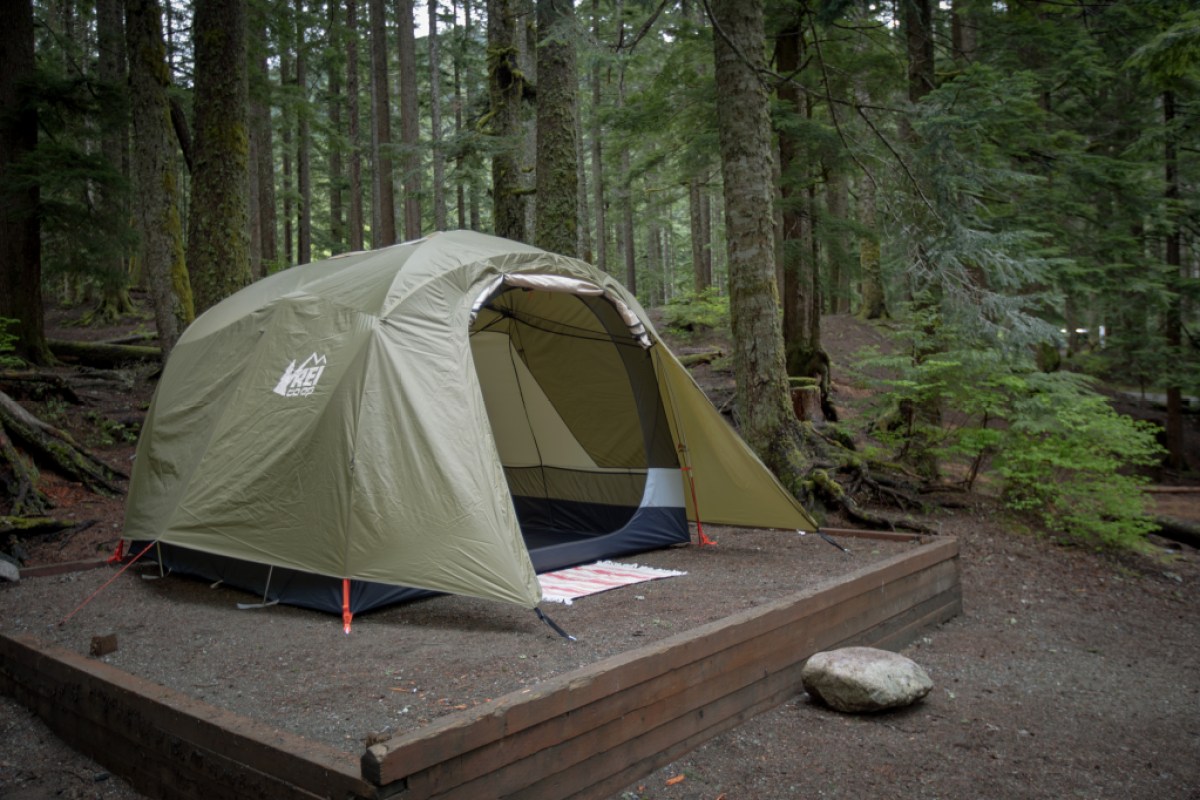
Before diving into the various land options available for camping, first decide whether you’re interested in designated or dispersed campsites. The experiences between the two can be quite different. Wilderness areas, for example, are perfect dispersed places to camp if you’re seeking a quiet night off the grid. If you’re counting on picnic tables and a hot shower at the day’s end, you’d be better off camping at designated campgrounds in national or state parks. Here’s a high-level breakdown of how these two types of sites differ.
Designated Sites
Designated sites are usually located at developed campgrounds and may come with amenities like toilets, picnic tables and treated water. Some campgrounds allow reservations; others are first come, first served. Most charge fees and are relatively easy to access without a four-wheel drive vehicle. People who are new to camping, want facilities or services nearby (like potable water or a visitors center) or lack certain gear, like water-treatment devices, may prefer designated sites.
Dispersed Sites
Generally, dispersed camping—camping outside of a developed campground—may be better for campers who love seclusion, spontaneity and self-sufficiency and don’t mind roughing it a bit. Dispersed camping can mean car camping at a pullout along a forest road, overlanding in a remote spot or backpacking into a primitive site in the backcountry. Locating a spot to pitch your tent often requires a little exploration: You’ll want to camp on bare soil, when possible, seek out previously impacted areas and pitch your tent 100 feet away from any water source. (Read about how to select a campsite here.) These rustic sites typically have no amenities, save for the odd pit toilet, so campers should bring all the supplies they’ll need.
Be prepared to treat water or bring enough with you. Inglis recommends 2 gallons of water per person each day for drinking, cooking and washing chores. Because most dispersed sites lack services or amenities like trash cans, toilets, fire pits and tent pads (designated flat surfaces), it’s even more important to understand the Leave No Trace Principles to minimize your impact, he says. For instance, you’ll want to understand where you can pitch your tent, where to go to the bathroom in the woods, how to dispose of trash and wash dishes, and other rules.
No matter your preference, both designated and dispersed camping options are available in a wide variety of land-management areas: national, state and local parks, national forests, Bureau of Land Management (BLM) areas, tribal lands and private property. “Know what type of land you’re stepping onto,” says Inglis. “Camping rules and options vary with each one.”
National Parks
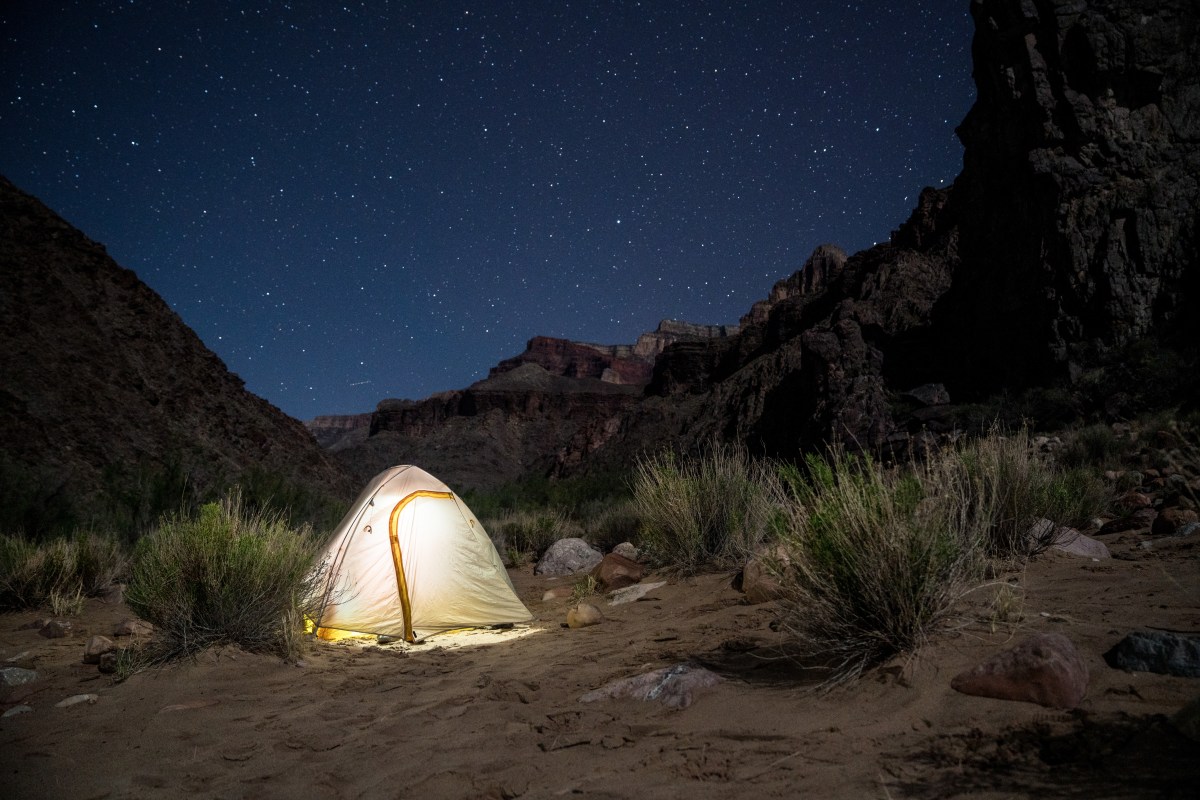
Designated campgrounds in national parks are great for a lot of reasons: They’re generally accessible by car, equipped with ample conveniences (some include Wi-Fi, visitors centers, ranger-led programs and laundry services), are easy to find and tend to be pet-friendly. People with disabilities can confirm which national park campground sites are accessible ahead of time.
Another benefit is that camping in national parks is well-suited for campers of all levels, High says: “[A national park is] a great place to start camping if you haven’t had much experience, and it’s a fun place to camp if you’ve been camping a long time.”
Cost
National parks offer some of the most scenic camping, but expect to pay a little more for those views—campsites here can be more expensive than other options. The campground prices in national parks vary widely, depending on the park and the type of site you’re booking. For instance, a basic nonelectric tent site at Camp 4 in Yosemite National Park might run you $10 per night, while a similar nonelectric site could cost $30 per night at Loft Mountain Campground in Shenandoah National Park near Washington, D.C. For individual sites, expect to pay between $10 and $50 per night. Many national parks also charge an entrance fee, which can cost up to $35 per vehicle. However, many other parks are free to enter, including North Cascades National Park in Washington state, Redwood National Park in California and Great Smoky Mountains National Park, which straddles Tennessee and North Carolina.
Prep
Of all the campsites available on public lands, those at national parks seem to fill up quickest. This is especially true during peak season, so you’ll want to research in advance to find out when reservations open and try to book as early as you can. A good place to start is to check the individual park website or review the “season and fees” tab of facilities on Recreation.gov. Reservations at many national parks, like the Grand Canyon, Yellowstone or Great Smoky Mountains, open six months in advance. Others have shorter booking windows.
Not able to snag a reservable campsite for the summer? Don’t worry: Many campgrounds offer sites solely on a first-come, first-served basis. And some, like Yellowstone, make a portion of their campsites available to book two weeks in advance, so it pays to know the rules and mark your calendar. You can also call the park and ask about cancellations or consider exploring lesser-known campgrounds.
National parks may also have dispersed camping available in the backcountry. You’ll likely need a backcountry (or wilderness) camping permit, and each park will have different rates and processes for obtaining these. Some are free and can be acquired on the day of your trip, while others require a reservation in advance. Some backcountry camping permits are so popular you may need to go through a lottery process, which doesn’t guarantee you a spot. Costs often include the price of the permit itself as well as a per-person, per-night fee. A backcountry permit in Canyonlands National Park, for example, costs $36 for the permit reservation plus a fee of $5 per person, per night.
State and Local Parks
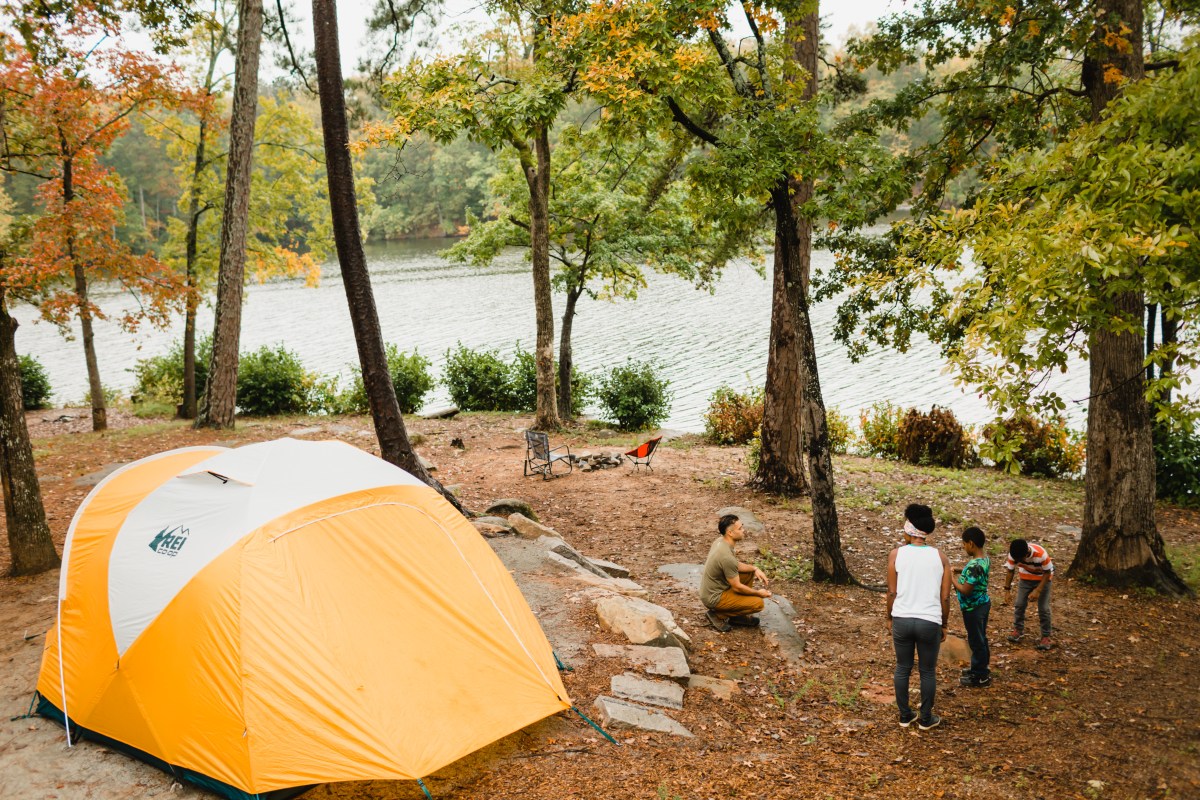
Looking to camp closer to home? Consider local or state parks. These may have more sites available compared to national parks and can give you an appreciation for your local area.
Cost
State and local parks have similar rates to national park campgrounds, but—like most options on this list—this varies by state, park and the type of campsite. A primitive paddle-in site in Pennsylvania might be $15 per night while a standard nonelectric tent site in North Carolina could run anywhere from $20 to $40 per night. Do you live in the same state as the park you’re visiting? Good news: You may qualify for a cheaper rate. Nightly camping fees for the park’s in-state residents are generally more affordable than those for out-of-state visitors.
Prep
While many state parks have open and closed seasons, some primitive state park campgrounds may be open year-round, although these sites typically have no potable water or other amenities. Bring cash—specifically small bills—when visiting these campgrounds, as many pay stations operate on a cash-only honor system and are checked by park personnel later in the day. Some state parks require online booking in advance, but many provide first-come, first-served sites that are great for last-minute vacations and visitors with flexible itineraries. Americans with Disabilities Act (ADA) compliance, family- and pet-friendliness, and amenities vary by state and park, so do your research ahead of time to know what you can expect before you camp. Your quickest and easiest option for confirming any of the above is to call the park’s visitors center. For more information on adaptive camping, check out our Guide to Adaptive Camping.
National Forests and BLM Lands
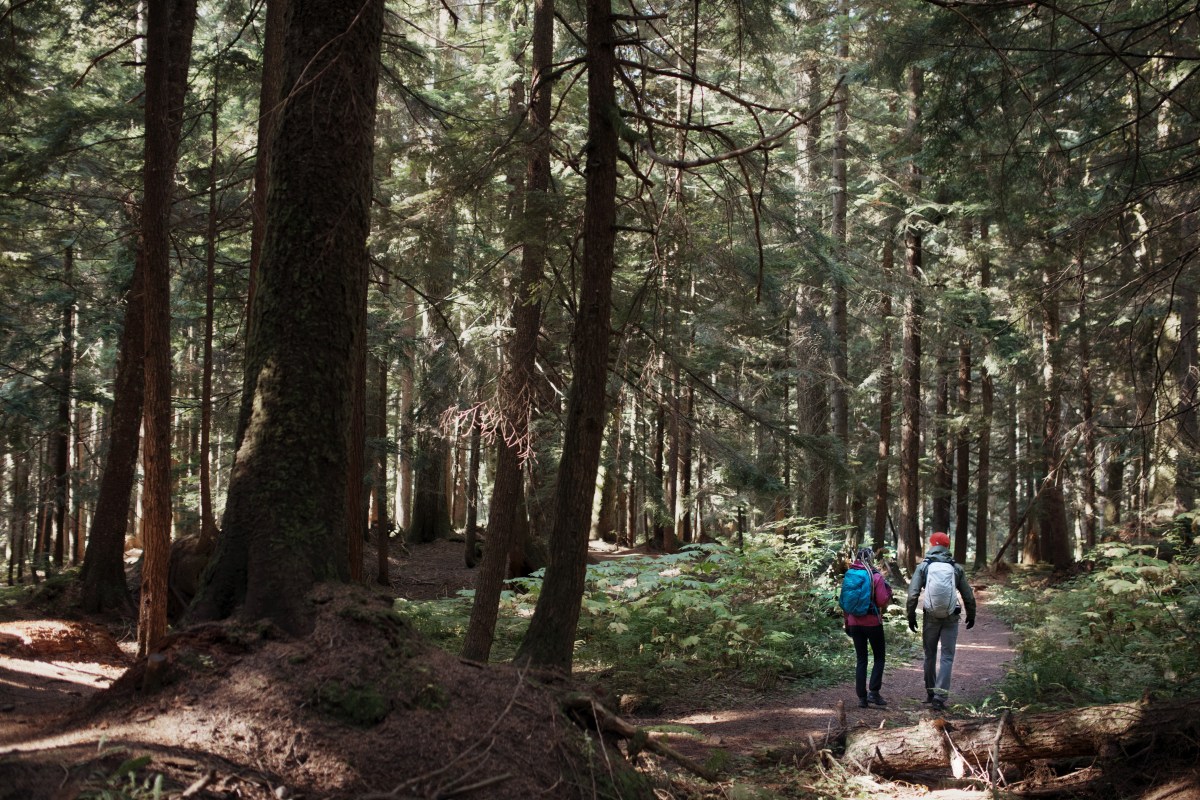
Dispersed camping is widely available in national forests and on Bureau of Land Management (BLM) lands, both of which also have some designated campgrounds. “The general rule,” says Inglis, “is that you can camp just about anywhere that’s not a designated site or specifically listed as off-limits for camping.” Check out the website of the forest or BLM unit you plan to visit to find out its individual rules. Be sure to read the Alerts & Notices link on national forest websites. For information about vehicle accessibility, find the Motor Vehicle Use Map link (under the Maps & Publications section).
So, what’s the main difference between national forests and BLM lands? “Think logging versus mining and grazing,” Inglis says. “Forests will have trees and greenery, while BLM units will have rocky, windswept landscapes.”
Cost
Dispersed camping on national forest and BLM lands is free and open to whomever sets up camp first. If you’re trying to camp during a holiday or a fair-weather weekend, consider looking for a site earlier in the day, as roadside dispersed camping can fill up fast if it’s easily accessible or near a town. You can stay at any one site for a maximum of 14 days. Sites at designated national forest campgrounds run about $20 to $30 per night and can either be reserved ahead of time at recreation.gov or secured on the day of in person.
Prep
Camping in the national forest is best suited for folks who already feel confident camping because, High says, you’ll need to be entirely self-sufficient out there. In addition to being prepared with the essentials—including food, water and shelter—High says it’s important to know environmental factors too. “Is [the campsite] in a flash flood area? Is it the time of year for flash floods? Are you camping above treeline in the summertime and going to need to watch out for lightning storms? You’ll just have a better time [camping] if you know what you’re getting into.”
Tribal Lands
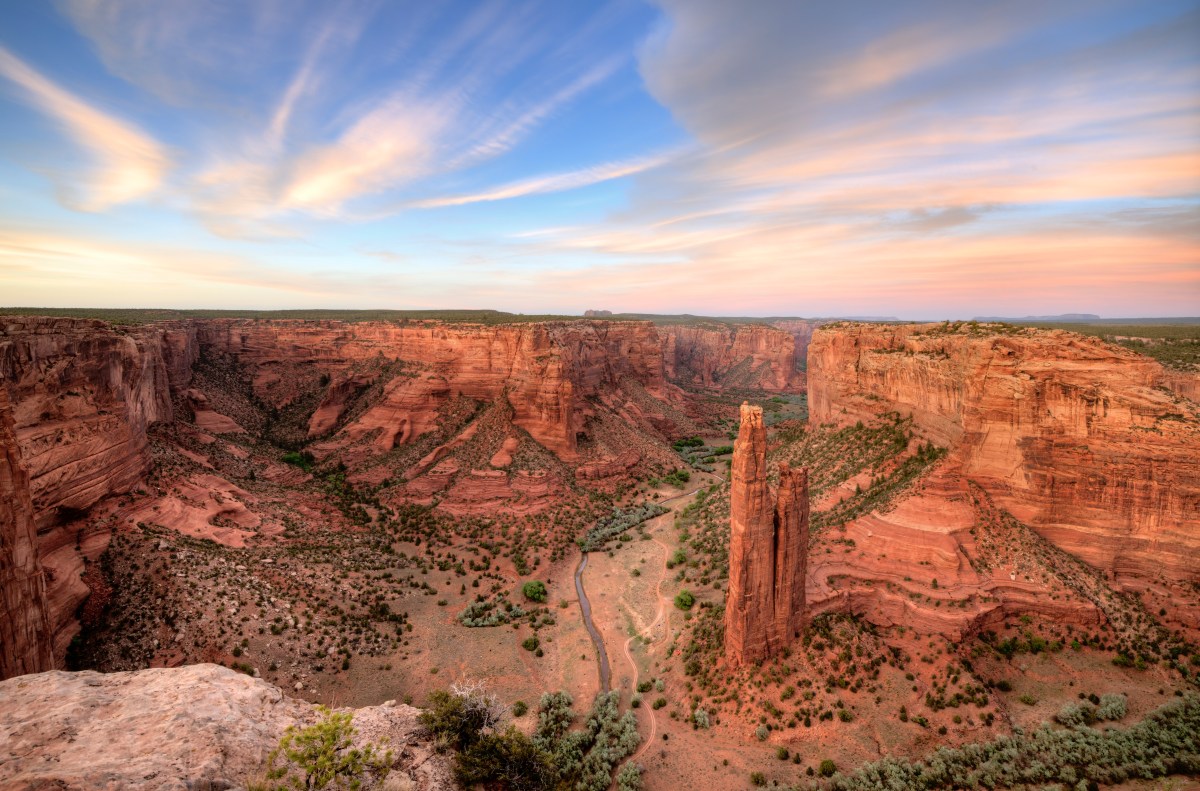
Camping on tribal lands can be an opportunity to learn about the cultural history of the tribes who live there. But before setting foot on tribal land, do your homework. After all, camping on these lands is a privilege to non tribal members, not a right, and should be treated with the utmost respect. “You’re camping on someone else’s sovereign land,” says High. “That has to be kept in mind, always.”
Cost and Prep
Different Indigenous groups will have different rules around camping, and some may prohibit it outright. In Canyon de Chelly National Monument, for example, you’ll need to abide by both national park and Navajo Nation Parks and Recreation requirements because the national monument exists within the Navajo Nation boundaries. According to Danielle Yazzie, programs and projects specialist for Navajo Parks and Recreation, this means prospective campers will need a backcountry permit, which costs $8 per person per day (and does not include park entry fees), as well as a Navajo-approved tour guide to escort visitors during their time in the canyon. Yazzie says the tour guide mandate is essential not only for preserving sensitive and sacred sites in the canyon, but also protecting the privacy of Navajo families who continue to live there. “Since there is no specific camping or established camping area inside the canyon, [some] groups usually stay with a local family,” Yazzie says. “We require a signature from the land use owner allowing their land for camping. That is one very important requirement. If that is not available, then we do not issue that permit.”
Always check the tribal lands’ website or call the main office well ahead of your visit. In the case of Canyon de Chelly National Monument, Yazzie says some backcountry permits can be acquired the day of a trip, but Navajo Parks and Recreation prefers to have backcountry permit applications at least 30 days in advance of a stay.
Private Lands
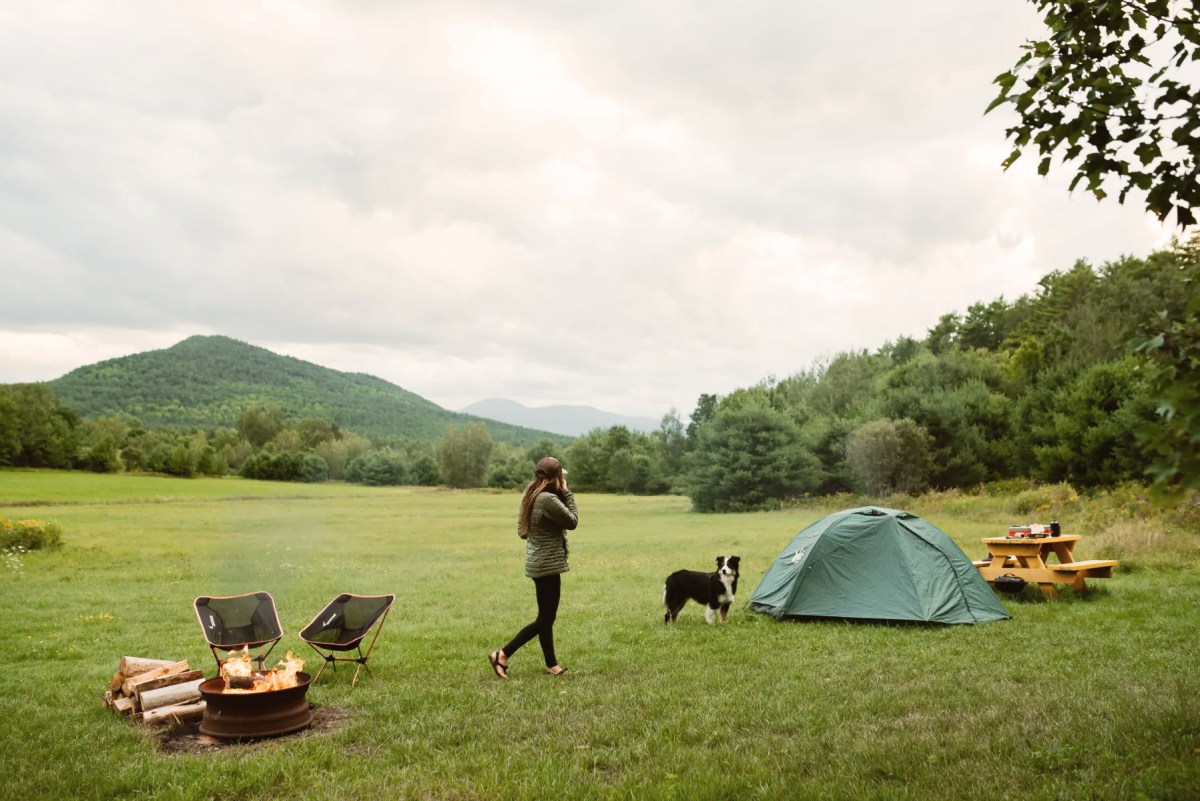
Private commercial campgrounds are accessible alternatives to national and state park campgrounds—especially when campsite demand exceeds campsite availability. In addition to national chains like KOA (Kampgrounds of America), you can also find vast numbers of family-owned and independent campgrounds as well as RV parks.
Hipcamp, a resource for outdoor stays and an REI partner, is another great alternative for finding and reserving private campsites nationally and worldwide. Hipcamp’s search engine helps you filter by your camping needs (pets allowed, wheelchair accessible, campfires, etc.) and your budget. You can book anything from a tent site on a ranch to a yurt on the beach. The “available tonight” feature also allows you to instantly book sites, which can be great if you’re on a road trip or tend to make plans on the fly.
The cost of private campgrounds can vary widely and is largely based on what organization or individual you’re using to book it through as well as what type of stay you prefer (for instance, a lodge will generally cost more than a campsite). Hipcamp hosts, for example, charge an average of $10 to $30 per night for a tent site and $75 or more for structures like cabins, yurts and treehouses.
Other Federal Lands
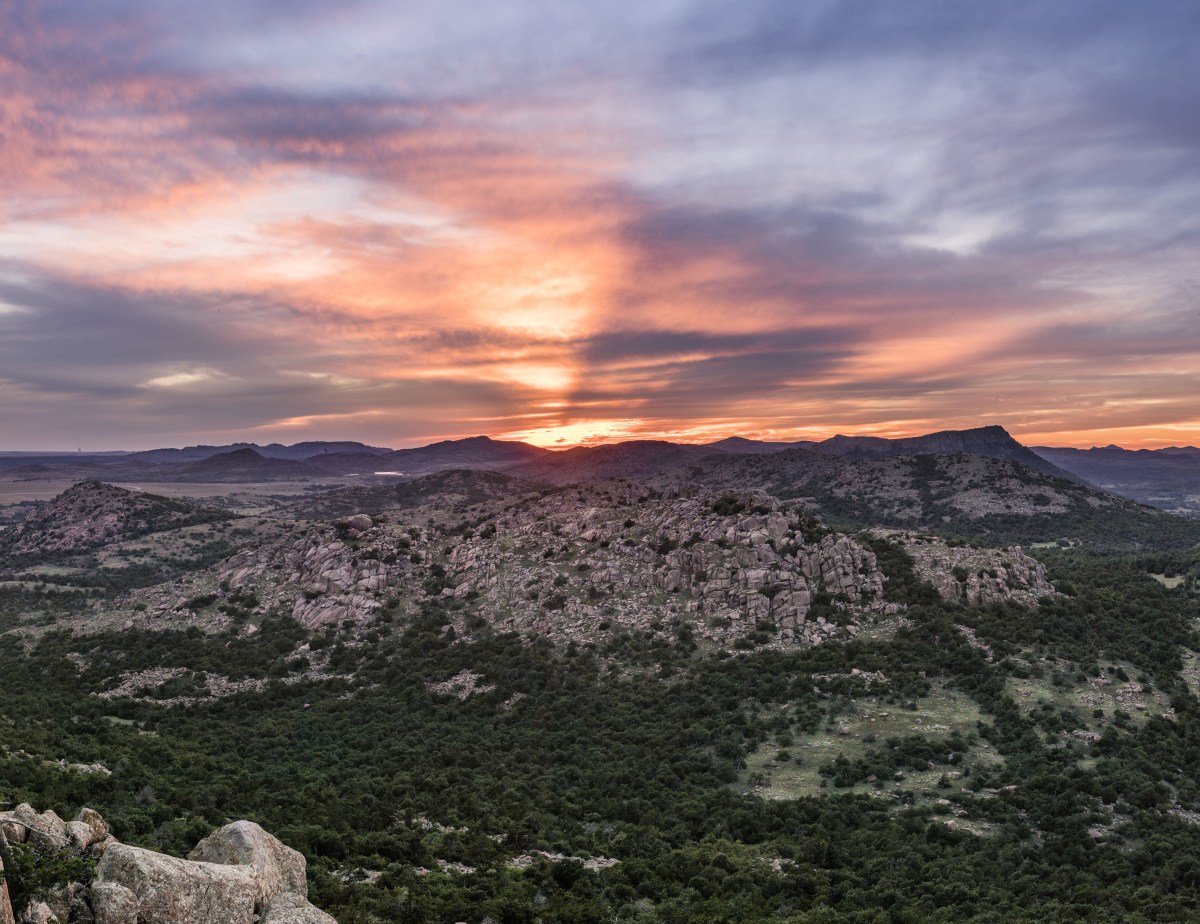
Wilderness areas, wildlife refuges, Wildlife Management Areas (WMAs), and Army Corps of Engineers properties may also have campsites available, but you’ll need to do some homework ahead of time to know what type of camping is available and what the rules are. Wilderness areas are limited to backpackers and may require a permit or reservation. A small number of wildlife refuges offer dispersed campsites, some of which are even roadside. Check out the U.S. Fish and Wildlife Service’s website for more information about camping in wildlife refuges.
Like wilderness areas, WMAs offer primitive backcountry camping—which is essentially the same as dispersed camping except you’ll have to hike in—and may require a free camping authorization. However, they are only accessible if you have a valid state hunting, fishing or trapping license; a valid state boat registration; or a daily access permit. Army Corps of Engineers properties are usually limited to designated campgrounds; you can find availability and rates on recreation.gov.
Additional Tips from Inglis and High
When in doubt, call park rangers and other land managers. “They may be busy, but they’re happy to help. They’re also your best resource for details you won’t find anywhere else, like alternative sites near popular areas,” says Inglis.
Bring cash. Specifically, bring small bills for those honor-system kiosks at primitive campgrounds or for when you need a load of firewood from the camp host. Even if you know the park where you’re camping accepts credit cards, sometimes the internet connection doesn’t work—this is especially true in rural areas. “A lot of parks are out in the middle of nowhere, so there might not be a lot of service or communication,” says High. “It’s always a good idea to have cash.”
Know the area’s hunting season. The sudden on-trail appearance of a hunter bearing a rifle might be less alarming if you know you’re visiting a national forest during hunting season.
Research fire restrictions. Nobody wants to start a wildfire. Know the park rules and regulations around campfires. High says some wildfire-prone forests or parks that do allow campfires may have stipulations, like requiring a 1-gallon bucket of water, a shovel and an axe be present at all times.
Take advantage of last-minute cancellations. Even in notoriously hard-to-book camping areas like Phantom Ranch in the Grand Canyon, which requires booking 18 months in advance, you may be able to score a last-minute spot if someone cancels, says High. Call the frontcountry or backcountry permit office and ask about any last-minute openings. If you have some flexibility in your schedule, you may just be in luck.


